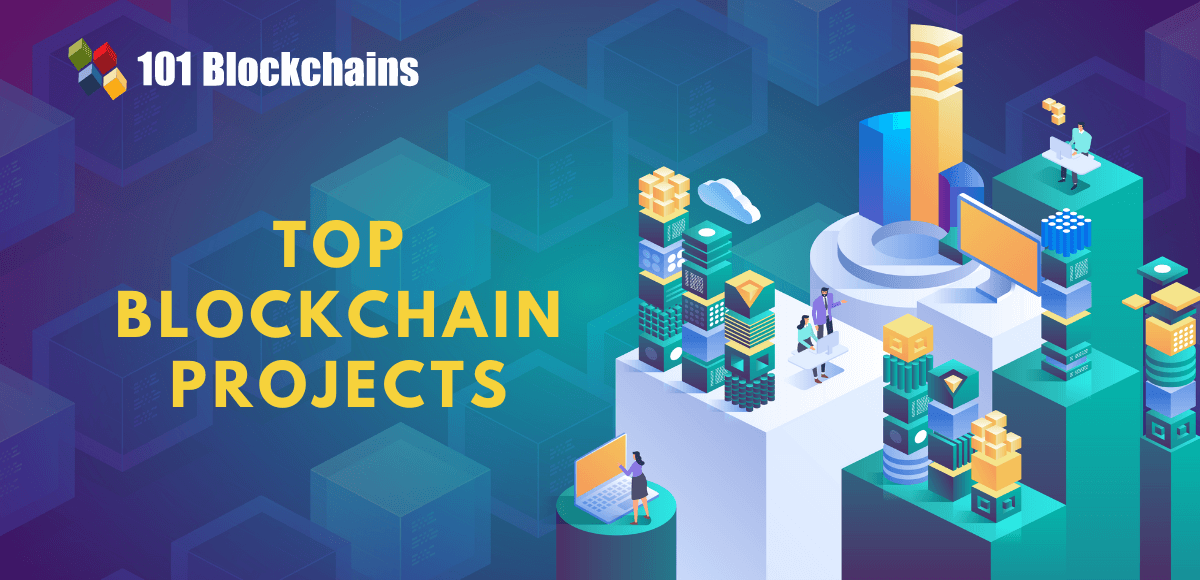Learn how blockchain truly works, master key definitions, and uncover what makes smart contracts so "smart." Dive into the fundamentals, gain valuable insights, and start your blockchain journey today!

Reviews
101 Blockchains
on June 13, 2018
Top 7 Benefits of EOS Blockchain
EOS is one of the most talked cryptocurrency right now. They recently released their mainnet, and it is going through a transition. In today’s article, we will go through some of the key benefits of EOS.
What is EOS?
EOS is a blockchain technology similar to Ethereum. It is the brainchild of Dan Larrimer. EOS works similar to Ethereum which means that you can code smart contracts on EOS. You can also build dApps on EOS platform. However, EOS seems to beat Ethereum in many aspects including speed, efficiency, and scalability.
At 101Blockchain, we love EOS. It shows promise and is slowly and steadily growing. We covered a detailed beginner’s EOS guide. Do check it out.
Top 7 Benefits of EOS Decentralized Platform

Image Credits: EOS
There are many benefits of EOS blockchain. It is a faster, better and more secure version of Ethereum platform. So, what exactly are the benefits? Let’s discuss.
1. dApps
EOS offers the ability to develop full-fledged dApps. It works as a decentralized platform which means that anyone can build a dApp and let it run on the blockchain platform powered by EOS. It works similar to App store with only one difference of decentralization. Generally, dApps utilize smart contracts to power themselves. However, with EOS, smart contracts are not needed. Instead, it uses dApp transactions which are more efficient than smart contracts.
2. Free Transactions
Most of the blockchain solutions require some fees associated with each transaction. However, the same is not valid for EOS. With EOS, operations or services can be done without any associated costs. This means free transactions. However, the block-producer model will be used for dApps services charges.
3. Governance
To ensure that EOS stays as flexible as possible, it uses a voting system on a governance structure model. It means that the rules can be modified only via a voting system. It is an excellent feature for a blockchain of this scale. Sometimes, it is necessary to make changes, and this is where it comes to play. Ethereum had this issue and failed to acknowledge it due to lack of voting system governance model.
4. Ease of use for Developers

Image Credits: EOS
Developing dApps on EOS is easy. Developers can efficiently use web toolkit, database schemes, and other functions. All these make it easy to develop dApps. Also, check out top 5 EOS dApps.
5. Easy Hard Forks with fewer risks
A simplified approach is taken to ensure that ETH-ETC fork scenario doesn’t happen to EOS If a conflict of interest occurs block producers will freeze the platform. It will stay frozen until the issue is resolved. The mechanism is critical. The future hard forks will have fewer risks and the community will be in a better position to combat similar situations like the DAO.
6. ICO Friendly
ICO’s plays a vital role in the success of a blockchain platform such as EOS and Ethereum. That means anyone can host ICO on the platform. Also, there is no need to write smart contracts, making EOS more developer friendly.
7. Self-sustaining
The whole platform is self-sufficient. This means that it will continuously reward block producers for their work. It will be done by merely generating 5% inflation per year. The EOS platform will also fund dApps proposal from the community every year. It will ensure that new ideas and developers move to EOS and help it grow.
Conclusion
EOS have a lot of benefits to go with. However, it does have its disadvantages as well. For example, it is not the only blockchain platform solution out there. We have NEO, Ethereum, RChain and so on. Not to mention, the launch of EOS didn’t go as smooth as expected. This can mean a little setback. Also, EOS is not entirely decentralized. As it uses Delegated Proof-of-Stake(DPoS), all the transactions will be confirmed by 21 block producers.
In short, EOS is overall a great platform. It does have its disadvantages, but which platform doesn’t? Nothing is perfect, and there is always a scope of growth. If you think the same way, then comment below and let us know which benefit of EOS did you like? We are listening.




